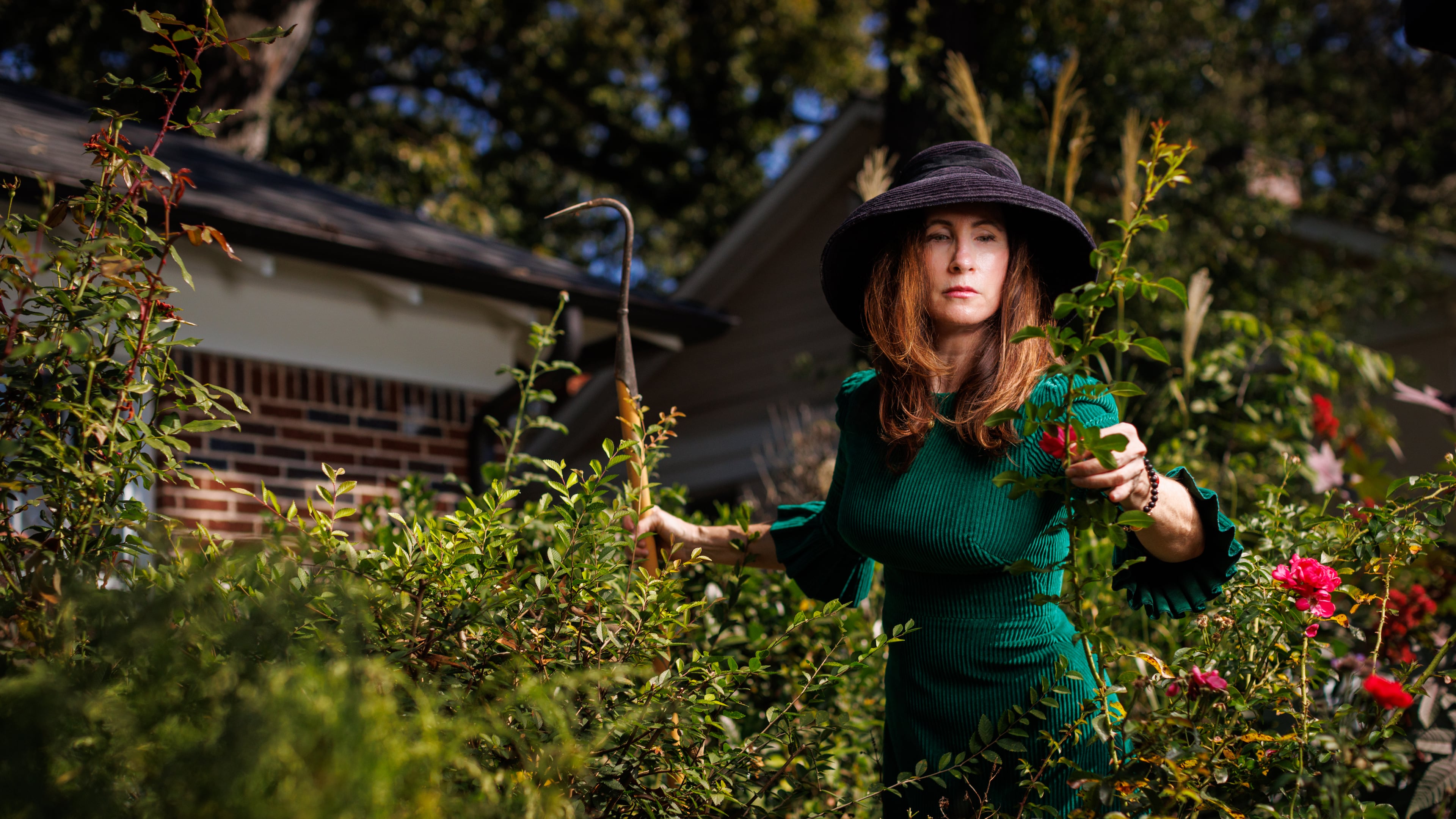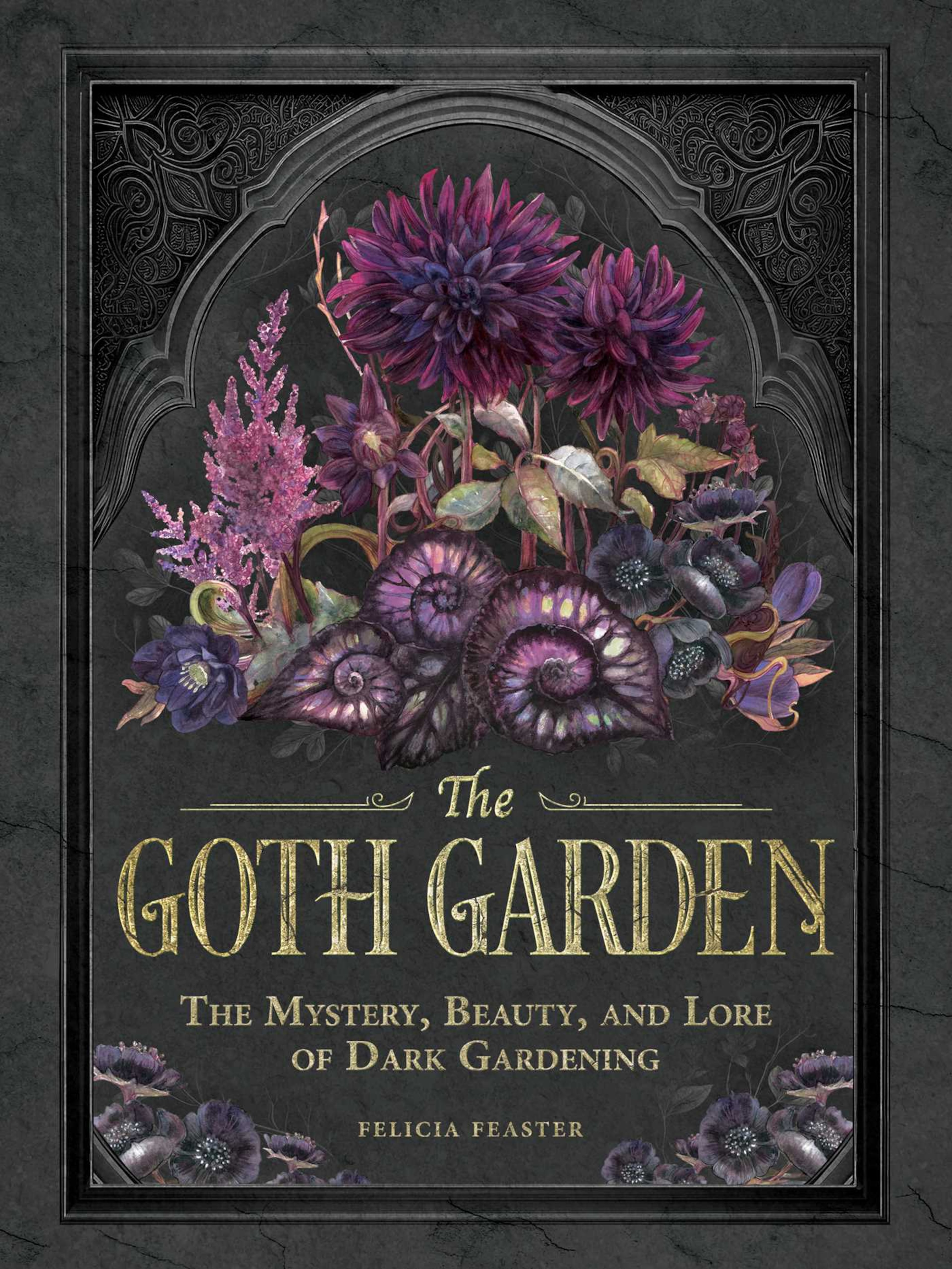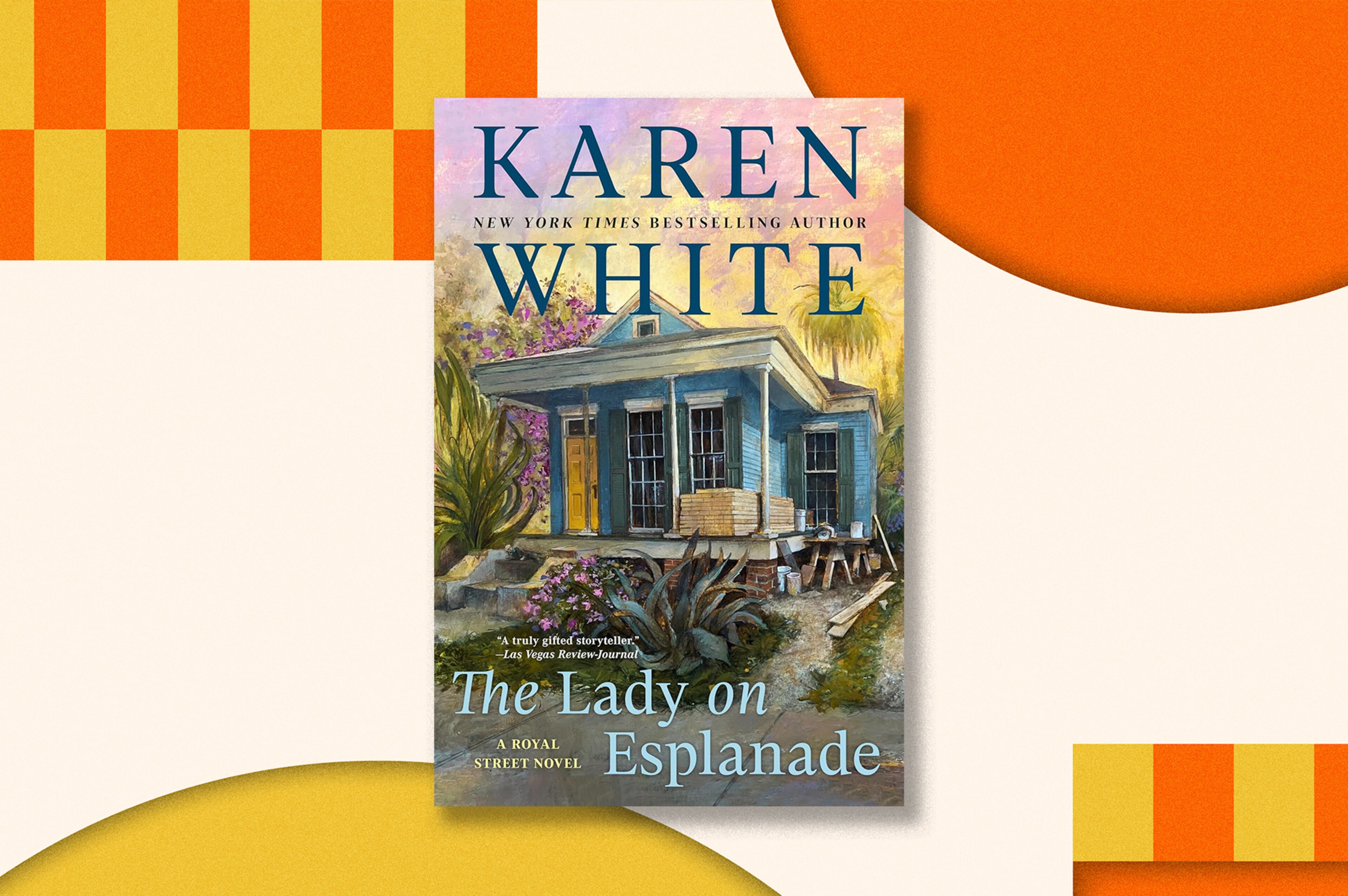Bookshelf: ‘The Goth Garden’ is an illustrated intro to edgy gardening

Spooky season may be over, but for some, the goth lifestyle is a year-round endeavor.
Not content to express their moody aesthetic solely in fashion, music and art, some practitioners are taking it to the great outdoors. They’re cultivating goth gardens that favor dark red, purple and black ornamentals, and plants with spiky or toxic properties with eerie names like Miss Willmott’s ghost, melancholy thistle and “Black Magic” bachelor’s button.
For a primer on the practice, look no further than “The Goth Garden” (Adams Media, $20) by Atlanta author Felicia Feaster, an arts journalist who writes for The Atlanta Journal-Constitution, among other publications.
Feaster had a casual interest in gardening when she landed a position as an editor at HGTV in 2011. But once she was on the job, she quickly became consumed with the pastime and got her master gardener certification through Clemson University.
“Now I can’t imagine not having a garden,” said the College Park resident who left HGTV in 2023. “It’s absolutely the most satisfying, emotionally impactful place in my home and a place where I go all the time for solace.”
At HGTV Feaster wrote about trends, which is how she came to pen a story about goth gardening. The topic piqued the interest of an editor at Simon & Schuster, who convinced Feaster to write the book.
“I’ve always loved gardening, I love history, but to go deep both into the history of some of these plants and the general origin point for goth gardens was such a delight,” she said. “I really enjoyed the research part of it so much. I could write three more books about it.”
The book explores the origins of goth gardening and its aesthetic, but the bulk is devoted to an encyclopedic breakdown of 50 goth plants, beautifully illustrated by Irina Vinnik.

Feaster describes the goth garden as containing “anything moody and rich in terms of its color or its form. Anything that’s deep purple, amethyst, aubergine — deep rich colors like that.”
It also may feature whimsical forms — “something like the amethyst bush bean. It’s this gorgeous purple color to the theme, but it’s that elongated bean shape that makes it so whimsical when you mix that in a garden with an ornamental plant,” she said.
Poisonous plants, like the castor bean and angel’s trumpet, as well as parasitic plants like the ghost pipe and carnivorous plants such as the pitcher plant may also be present.
“Anything that has that dark, strange, element is right at home in a goth garden,” said Feaster.
Goth gardening often draws its aesthetic from the Gothic Revival movement of the Victorian era when collecting exotic plants was all the rage among wealthy gardeners.
“There was an enormous fascination in the 19th century with ever more exotic new plants, and that fueled a huge industry of plant hunters traveling to South America, traveling to Asia, sourcing plants like hydrangeas, rhododendron and all of these plants that we think of as commonplace in gardens today,” said Feaster.

Thanks to the innovation of the Wardian case — an early iteration of the terrarium ― these delicate plants could be transported from places like China and Mexico back to England without dying so gardeners could enjoy them in their home gardens or greenhouses.
Asked to explain the appeal of a goth garden, Feaster points to a new generation of gardeners who want to express themselves in their gardens.
“I think gardens in the past have sometimes been associated with older people and conventional landscapes and nothing that’s extremely out of the ordinary,” she said. “Goth gardeners want to dive deep into creating a mood or what a Gen Z person would call a vibe.”
Part of that vibe is fostering something that connects them to the natural world.
“I’ve heard from so many gardeners that gardens are places where they feel connected to the earth, to all living things, to the planet and also to people who have come before them,” said Feaster. “It’s a place of healing and communing … (that) provides things we don’t always have access to in the day-to-day. We’re so obsessed with our digital space and our online space, and I think people are craving something real that speaks to the larger world.”
Feaster will sign books at Oakland Cemetery’s Fall Boutique Nov. 22. For details, go to oaklandcemetery.com. She’ll also sign books at Plaza Theatre Dec. 7, followed by a screening of “Edward Scissorhands,” the original goth gardener. For details, go to plazaatlanta.com.
Suzanne Van Atten is a book critic and contributing editor to The Atlanta Journal-Constitution. She may be reached at Suzanne.VanAtten@ajc.com.


